


Impaction and Foreign Bodies of Gizzard
Introduction
The gizzard or crop may become impacted with litter, grass, string etc. The normal function of the gizzard is to aid in the physical grinding of food materials, to reduce their particle size to aid digestion. Gizzard activity also acts as a pacemaker of intestinal activity and controls the speed at which food is passed to the small intestine.
Most young commercial poultry consume feeds that have a small particle size. Older birds ingest grit to facilitate the grinding activity in the gizzard.
This condition usually affects only a small number of birds, however if young chicks to do not begin to eat feed properly they often consume litter instead. Impacted gizzards are then found in 'non-starter' type chicks or poults. Grit would not be classed as a foreign body, however sometimes free-range poultry consume large stones, and birds of any age can consume nails, staples etc. This usually happens after maintenance activities have been carred out in the housing.
Signs
- Reduced feed intake.
- Reduced weight gain.
Post-mortem lesions
- The gizzard is more firm than normal and, and on opening is found to contain a mass of fibrous material. This may extend into the proventriculus and on into the duodeunum.
- A foreign body may be found in the interior of the gizzard.
- Nails commonly penetrate the lining of the gizzard, and may penetrate the body wall.
Diagnosis
Lesions.
Treatment
None effective in young birds. Obvious non-starters should be culled in this situation.
Prevention
Good brooding management to encourage early adaptation to the diet and adequate consumption of feed and water. Daily monitoring of the crop-fill is a useful procedure. It allows us to confirm the proportion of chicks consuming feed and can give inexperienced poultry keepers feedback on the effectiveness of their brooding management.
Sweep floors after maintenance activities to remove nails and other potentially dangerous foreign bodies.







